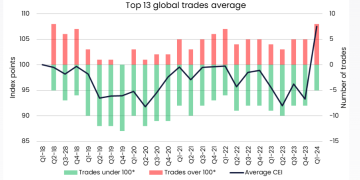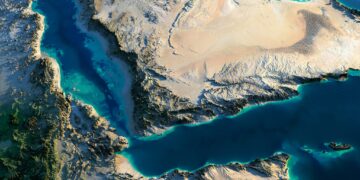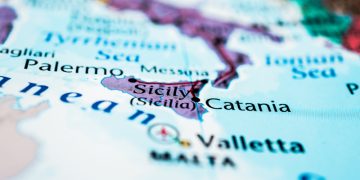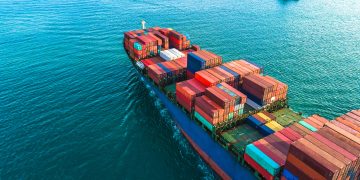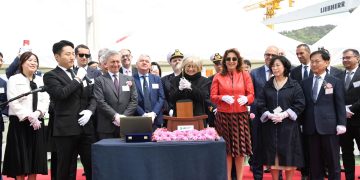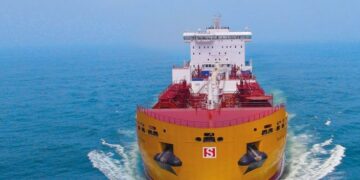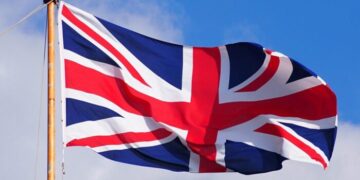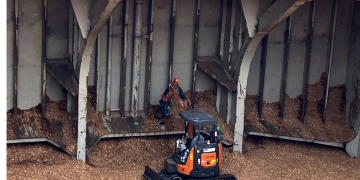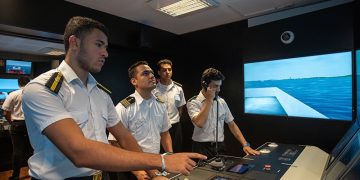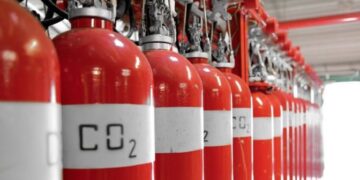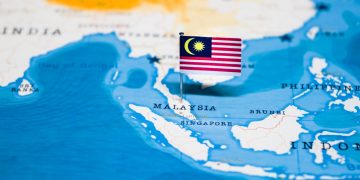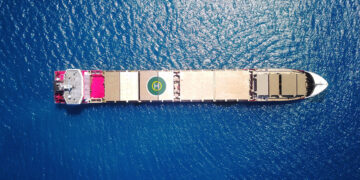LNG-fueled ferry sails to Canada for delivery
After having successfully completed the Liquified natural gas (LNG) sea trials too, “F.-A.-Gauthier”, the latest generation ferry built by Fincantieri in its shipyard in Castellammare di Stabia (Naples), left the yard sailing to Matane, in Québec, Canada. The delivery to Société des traversiers du Québec (STQ), a Québec crown corporation that operates in maritime passenger and vehicles transport, will take place when the ferry will arrive in Canada. The new vessel represents a genuine technological revolution. It is the first LNG powered ferry ever built in Italy and the first of the kind to enter into service in North America. A genuine concentration of technology, it adopts the most advanced solutions in terms of energy saving and low environmental impact, enabling a major reduction in emissions of CO2 (carbon dioxide), NOx (nitrogen oxides) and reducing to almost zero the SOx (sulphur oxides). This ship, which is equipped with a unique integrated diesel electric propulsion system has four dual fuel diesel power generators installed and it can run on either gas (Liquified Natural Gas - LNG) or marine diesel oil (MDO). This propulsion system fully meets the ecological requirements of the ECA areas (Baltic Sea, North Sea, Caribbean, North America). The ...
Read more



